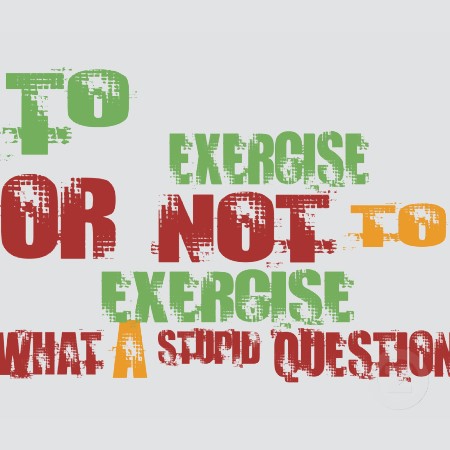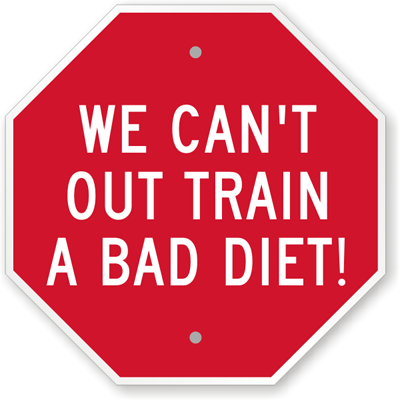Health And Fitness Exercise At Home Biography
Source Google.com.pk
While exercise programs often vary from person to person based on fitness levels and goals, each one should include aerobic exercise, and resistance and flexibility training. Those components will help you improve your fitness level and help you overcome obstacles that challenge your agility, balance, coordination, endurance and strength in everyday life.
If You Don’t Use It, Will You Lose It?
If you’ve been sidelined by an injury, or you’re considering taking a break from exercise, you might wonder if you’ll lose your hard-earned strength and endurance. Some loss of fitness is inevitable, but there are ways to help minimize it.
Here’s what happens to your body when you take a break from exercise.
Matters of the Heart
The degree to which cardiovascular fitness declines during a period of de-training depends upon what kind of shape you were in to begin with. Individuals who are extremely fit, such as highly trained athletes, experience a rapid drop in fitness during the first three weeks of detraining, after which the rate of loss tapers off.
A significant level of fitness—higher than that of an untrained person—is retained for about 12 weeks. Individuals with low-to-moderate fitness levels show little change in cardiovascular fitness within the first few weeks, but their abilities rapidly decline in the weeks immediately following that period.
Performance Jitters
The ability to perform a given sport or activity, whether it involves swinging a bat in softball or running 10Ks, invariably declines when the sport is abandoned for any length of time. Marathoners experience a noticeable reduction in endurance performance during a maximal aerobic treadmill test after just 15 days of inactivity.
Similarly, swimmers experience a decrement in arm strength within as little as a month layoff from their normal training regimen.
Numerous variables come into play when analyzing the ability to perform a particular sport-specific skill, making it difficult to analyze the effects of detraining. Some are like riding a bike—you never forget how—while others, such as the ability to deliver an accurate serve in tennis, involve specific timing and well-trained muscles.
Speaking of Muscles...
With the exception of a genetically blessed few, most of us have to work at building strength through formal or informal strength-training workouts. Again, well-trained athletes have the edge, because the positive effects of training remain evident for weeks, sometimes even months, after training is stopped.
Lesser-trained individuals can expect to see their muscle strength and conditioning levels decline at a slightly faster rate, though not at the levels seen in sedentary individuals.
Stem the De-training Tide
Experts agree that the best way to avoid losing much of the health and fitness benefits you’ve worked so hard to achieve is to do something. If you can’t find the motivation to run for a few weeks or longer, try walking instead. Cross-training is popular because it is a viable means of maintaining, or even increasing, one’s fitness level.
Runners can give their knees a break by switching to cycling, swimmers can work their legs on a stair stepper, and aerobics enthusiasts can take their workouts outdoors by hiking through a local park or reserve.
If an injury is keeping you from your favorite activities, take your worries to the pool. Of course, it’s always advisable to check with your physician before resuming exercise after an injury. Regardless of which activity you choose, be sure to progress gradually.
If boredom is the problem, now is the time to try that sport you’ve been considering for so long. In-line skating, tai chi, boot-camp workouts—whatever strikes your fancy. The key is to keep your heart and muscles challenged to minimize the de-training effects that come when you are taking a break from your usual routine.
Warm Up to Work Out
Suppose you were told that you only had to add an extra five to 10 minutes to each of your workouts to prevent injury and lessen fatigue. Would you do it?
Most people would say yes. Then they might be surprised to learn that they already know about those few minutes, which are called a warm-up. If done correctly, a pre-exercise warm-up can have a multitude of beneficial effects on a person’s workout and, consequently, his or her overall health.
What happens in your body?
When you begin to exercise, your cardiorespiratory and neuromuscular systems and metabolic energy pathways are stimulated. Muscles contract and, to meet their increasing demands for oxygen, your heart rate, blood flow, cardiac output and breathing rate increase. Blood moves faster through your arteries and veins and is gradually routed to working muscles.
Your blood temperature rises and oxygen is released more quickly, raising the temperature of the muscles. This allows the muscles to use glucose and fatty acids to burn calories and create energy for the exercise. All of these processes prepare the body for higher-intensity action.
Specifically, a gradual warm-up:
Leads to efficient calorie burning by increasing your core body temperature
Produces faster, more forceful muscle contractions
Increases your metabolic rate so oxygen is delivered to the working muscles more quickly
Prevents injuries by improving the elasticity of your muscles
Gives you better muscle control by speeding up your neural message pathways to the muscles
Allows you to comfortably perform longer workouts because all of your energy systems are able to adjust to exercise, preventing the buildup of lactic acid in the blood
Improves joint range of motion
Psychologically prepares you for higher intensities by increasing your ability to focus on exercise
Where to Begin
Your warm-up should consist of two phases:
Progressive aerobic activity that utilizes the muscles that you will be using during your workout
Flexibility exercises
Choosing which warm-up activity to use is as easy as slowing down what you will be doing during your workout. For example, if you will be running, warm up with a slow jog, or if you will be cycling outdoors, begin in lower gears. An ideal intensity for an aerobic warm-up has yet to be established, but a basic guideline is to work at a level that produces a small amount of perspiration but doesn’t leave you feeling fatigued. The duration of the warm-up activity will depend on the intensity of your workout as well as your own fitness level.
After the aerobic warm-up activity, you should incorporate flexibility/stretching exercises. Stretching muscles after warming them up with low-intensity aerobic activity will produce a better stretch, since the rise in muscle temperature and circulation increases muscle elasticity, making muscles more pliable. Be sure to choose flexibility exercises that stretch the primary muscles you will be using during your workout.
Make the Time
To fully reap the benefits of the time you are spending exercising, you must warm up. Taking those extra few minutes to adjust to increased activity will ensure a better performance from your body and, in turn, will make your workout more efficient, productive and, best of all, enjoyable.




.jpg)





ReplyDeleteThanks for post this article. I am really happy to seen it. And alawys I am getting help from Article: What Are They and What Should I Do?.